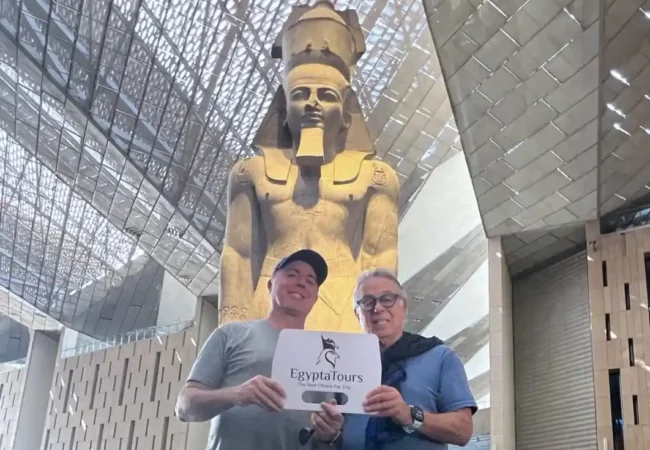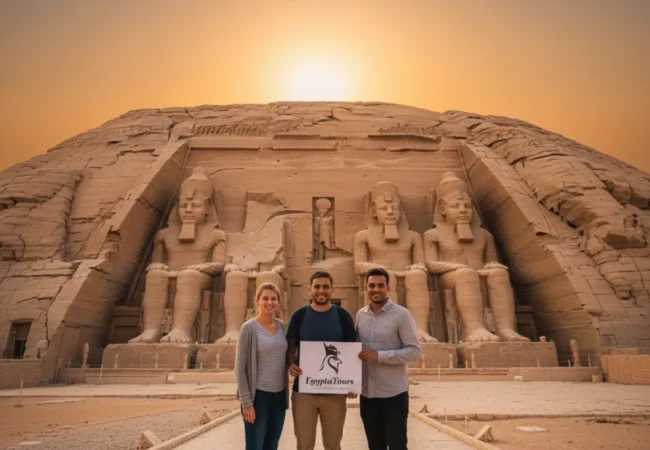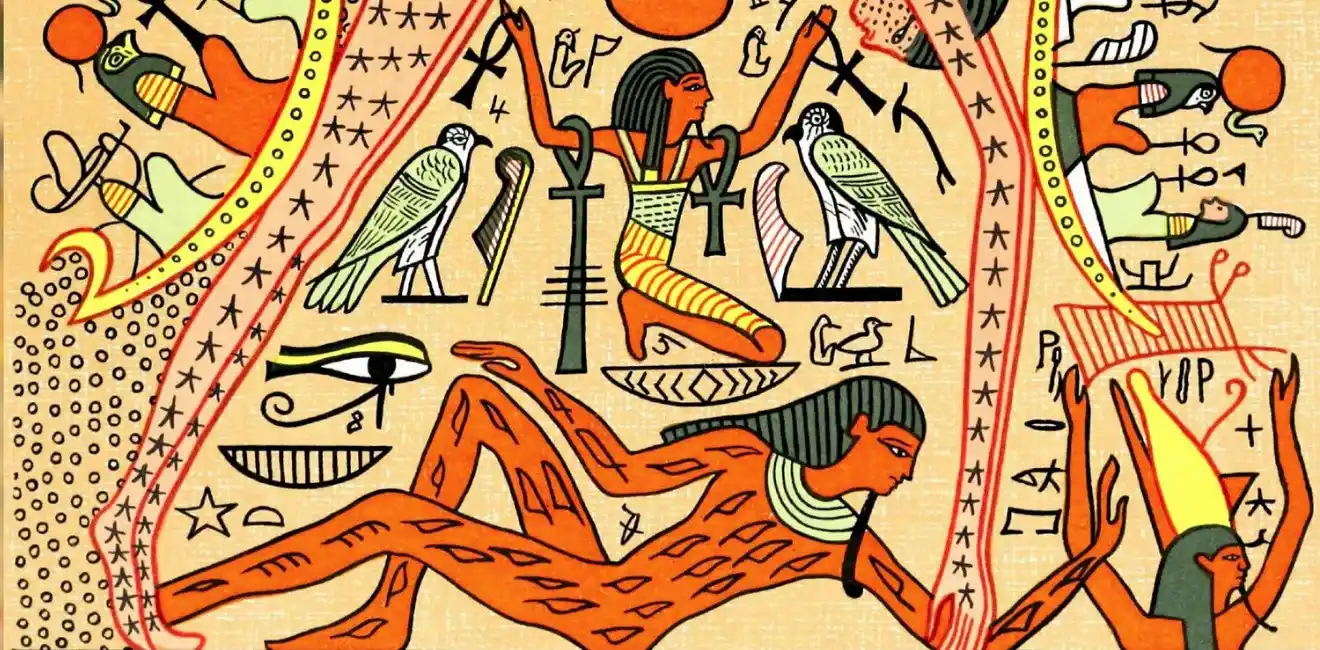
Flowers in Ancient Egypt: Symbolism, Significance and Beauty in Egypt’s History
Flowers played an important role in the lives of the ancient Egyptians, whether in daily life or in religious and funeral rituals, as flowers were used to decorate homes, temples and tombs and were considered symbols of beauty and purity.
Among the famous flowers in ancient Egypt were the lotus flower and the papyrus flower, each of which had its uses and status in ancient Egyptian culture, which we will discuss in detail in this article.
Flowers in Ancient Egypt played an important role in worship, rituals and burial ceremonies in ancient Egypt:
- Flowers were used as offerings to the gods in temples and were considered symbols of beauty and purity, and were used to decorate statues of the gods.
- They were part of various religious rituals, such as celebrations and festivals, and were used to decorate temples and homes during these occasions.
- Flowers were used in burial ceremonies to decorate graves and offer them as offerings to the deceased. They were considered symbols of eternal life and resurrection, and were used to decorate mummies and coffins.
- Some flowers had special symbols in the ancient Egyptian religion, for example, the lotus flower symbolizes life and resurrection, and the papyrus flower symbolizes fertility and growth.
- Flowers were used in the manufacture of perfumes used in religious and funeral rituals, and perfumes were considered an important part of rituals to purify and sanctify places and people.
The importance of flowers in ancient Egyptian art
Flowers in Ancient Egypt played an important role in art, as they were used as religious and aesthetic symbols:
- Religious symbolism: Flowers such as the lotus flower symbolized life and resurrection, and were used to decorate temples and tombs. The lotus flower was considered a symbol of creation and renewal, and was used in many religious rituals.
- Decoration: Flowers were used as decorative elements in ancient Egyptian art and were depicted on the walls of temples and tombs, as well as on furniture and utensils. Floral decorations added beauty and elegance to artwork.
- Statues and engravings: Flowers were used to decorate statues and engravings and were added to the crowns of gods and pharaohs, reflecting their status and importance.
- Gardens: Gardens were an important part of homes and temples in ancient Egypt, and various flowers and plants were grown in them, and they were considered places for rest and meditation.
- Perfumes: Flowers were used in making perfumes that were used in religious and funeral rituals, and perfumes were considered an important part of rituals to purify and sanctify places and people.
The most important flowers in ancient Egypt and their meanings
Flowers in Ancient Egypt played a symbolic and spiritual role, as they were associated with gods, nature, and daily life. The most prominent flowers and their meanings are:
Lotus flower
The lotus flower was considered a symbol of life and resurrection in ancient Egypt and was used in religious rituals and offered as offerings to the gods. The lotus was considered a symbol of purity and beauty, and was used to decorate temples and tombs.
Papyrus flower
The papyrus flower was used in the manufacture of paper in ancient Egypt and was considered a symbol of fertility and growth. It was used in religious rituals and celebrations and was considered an integral part of the daily life of the ancient Egyptians.
Nile acacia tree
The Nile acacia tree held great value in ancient Egypt due to its durable wood and medicinal uses. Its wood was used to craft tools and coffins, while its extracts were utilized for treating wounds. The tree was occasionally associated with symbolic qualities representing continuity and life.
Olive flowers
They were considered an important part of agricultural and religious life in ancient Egypt and the olive tree was considered a symbol of peace and fertility, and was widely grown in ancient Egypt. Olive flowers were used in religious rituals and offerings, and were considered a symbol of peace and prosperity.
The olive tree was considered sacred, and was used in the manufacture of oil, which had multiple uses in cooking and religious rituals.
FAQs
What flowers were used in ancient Egypt?
The flowers used in ancient Egypt include the lotus flower, papyrus flower, lily flower, chrysanthemum flower, and narcissus flower. These flowers were used in religious rituals, decorations, and burial ceremonies.
What is the sacred flower of Egypt?
The sacred flower in ancient Egypt is the lotus flower, and it was considered a symbol of life and resurrection, and it was used in religious rituals and to decorate temples and tombs. It was considered a symbol of purity and beauty, and it was used as offerings to the gods.
Who is the god of flowers in Egypt?
The god of flowers in ancient Egypt is Nefertem and was considered a symbol of fragrance and beauty, and was depicted as a child emerging from a lotus flower. Nefertem was worshipped as a god of fragrance and beautiful plants, and was considered part of the holy trinity with Ptah and Sekhmet.
What is the flower of life in ancient Egypt?
The flower of life in ancient Egypt is the lotus flower and was considered a symbol of life and was used as offerings to the gods.
Flowers in Ancient Egypt were an integral part of the lives of the ancient Egyptians, playing an important role in worship, rituals, and burial ceremonies.
They were considered symbols of beauty, purity, and eternal life, and were used to decorate temples and tombs and offer sacrifices to the gods.
Through the use of flowers in art and ritual, the ancient Egyptians were able to express their religious and cultural beliefs, reflecting the depth of their faith and dedication to maintaining the balance of the universe and social order.






























